SLYS029C July 2021 – December 2024 TMAG5110-Q1 , TMAG5111-Q1
PRODUCTION DATA
- 1
- 1 Features
- 2 Applications
- 3 Description
- 4 Device Comparison Table
- 5 Pin Configuration and Functions
- 6 Specifications
- 7 Detailed Description
- 8 Application and Implementation
- 9 Device and Documentation Support
- 10Revision History
- 11Mechanical, Packaging, and Orderable Information
Package Options
Refer to the PDF data sheet for device specific package drawings
Mechanical Data (Package|Pins)
- DBV|5
Thermal pad, mechanical data (Package|Pins)
Orderable Information
7.3.2.1 Device Placed In-Plane to Magnet
The outer edge of the magnet is the area where the magnetic field is the strongest. Placing the sensor on the outer edge of the magnet enables the sensor to get the best flexibility in terms of distance and sensitivity selection. The different figures below show how to use the different versions of the TMAG511x-Q1 in regards to the magnet and sensor placement.
| The options shown in Figure 7-5 and Figure 7-6 composed of the X and Y axises enable the sensor to be placed in the same plane as the ring magnet. The sensor can be placed facing the magnet or on the side of the magnet. The part can also be turned at 180 degrees along the Z axis. | 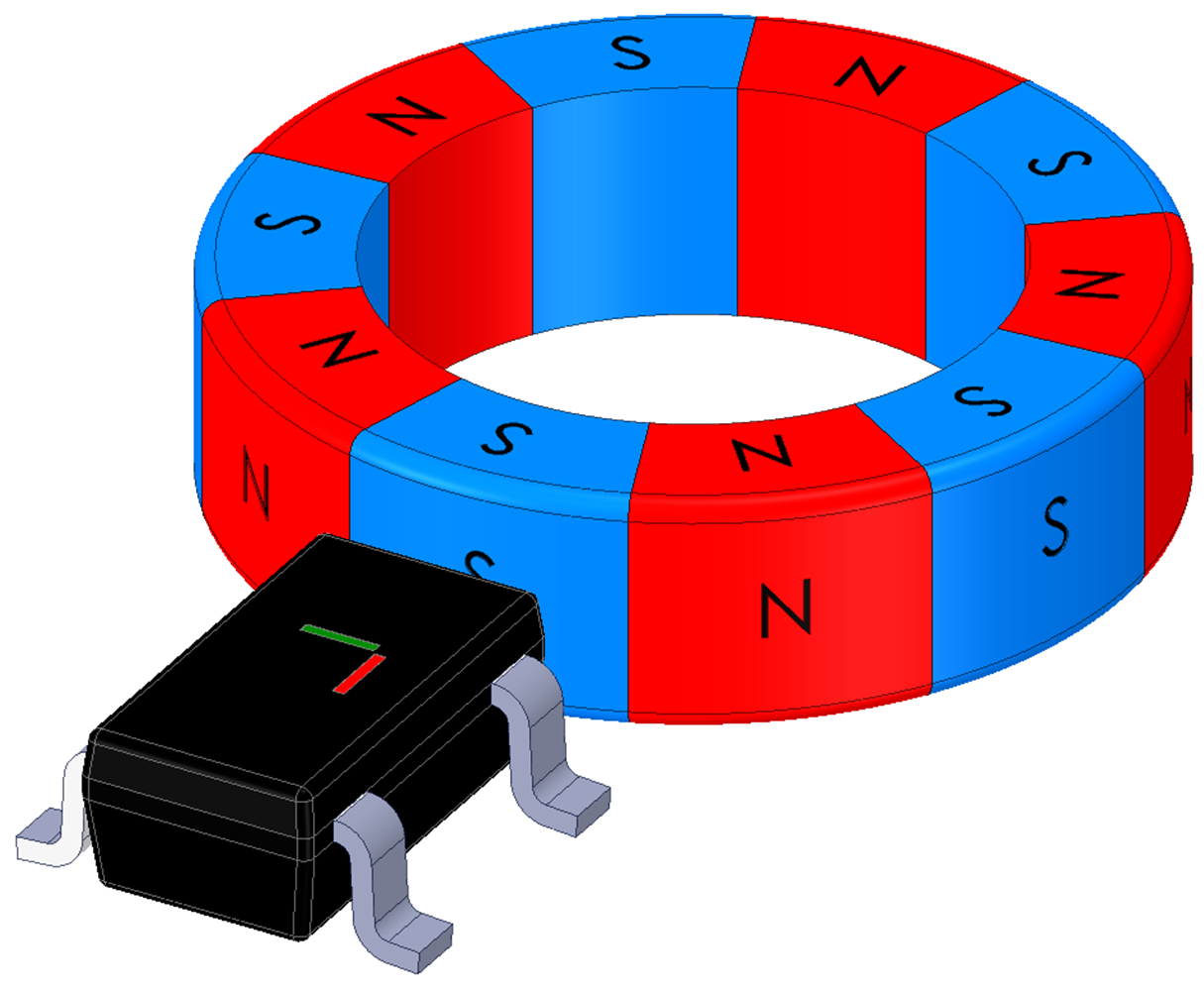 Figure 7-5 XY Outer
Edge 1
Figure 7-5 XY Outer
Edge 1 | 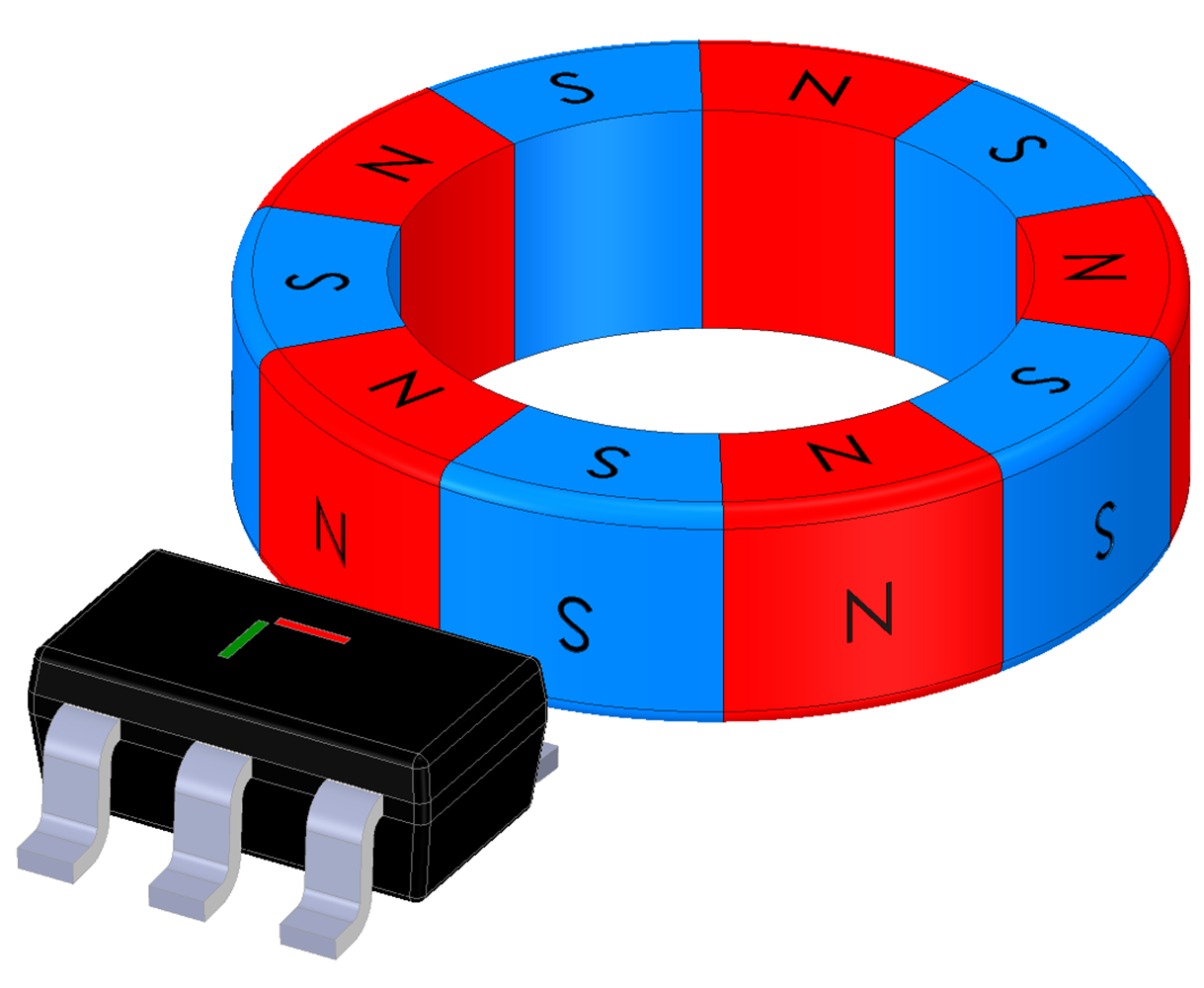 Figure 7-6 XY Outer
Edge 2
Figure 7-6 XY Outer
Edge 2 |
| The options shown in Figure 7-7 and Figure 7-8 composed of Z and X axises enable the sensor to be placed below the magnet, or facing the magnet with the front side of the device. The part can also be turned at 180 degrees along the Z axis. | 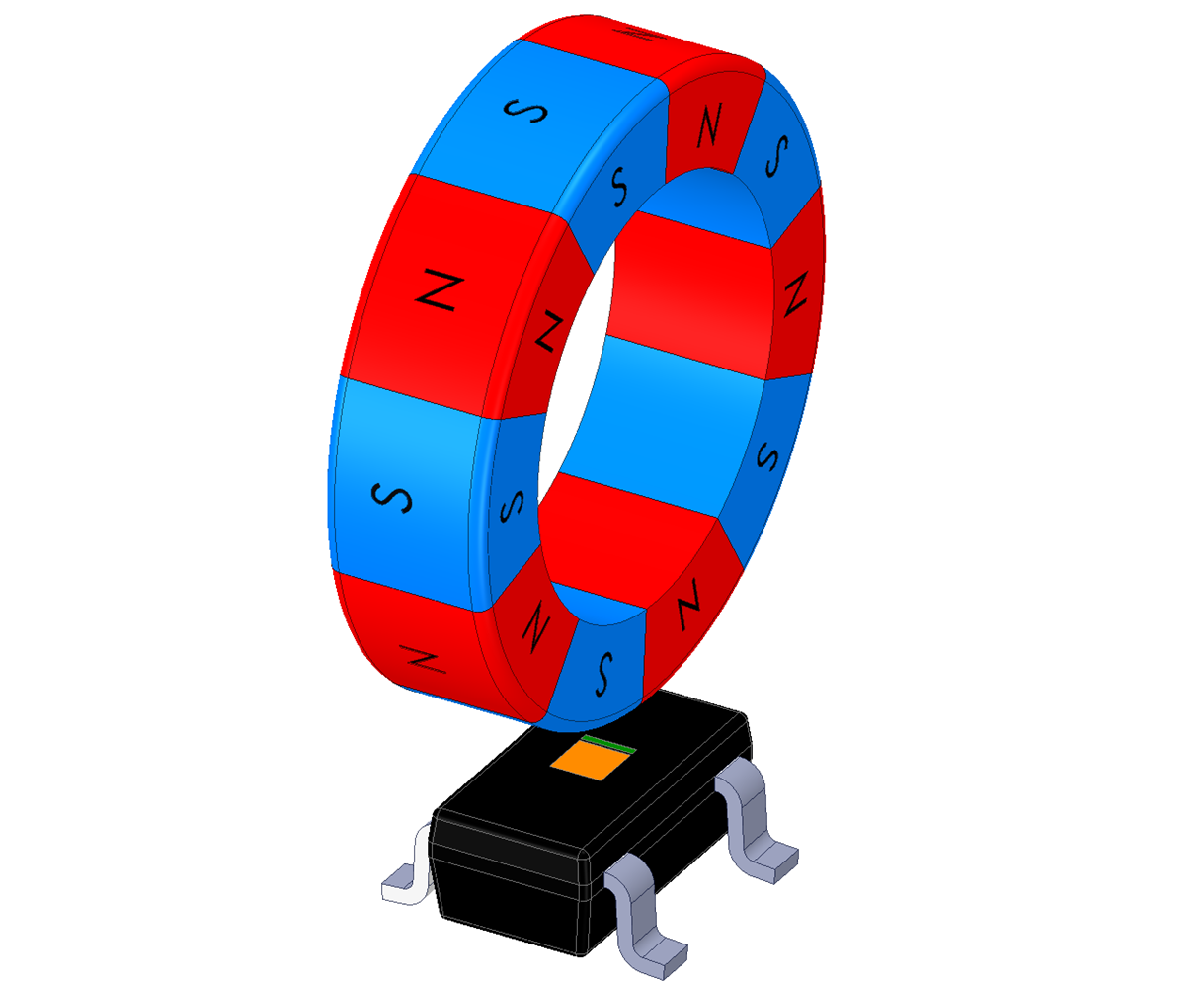 Figure 7-7 ZX Outer
Edge 1
Figure 7-7 ZX Outer
Edge 1 | 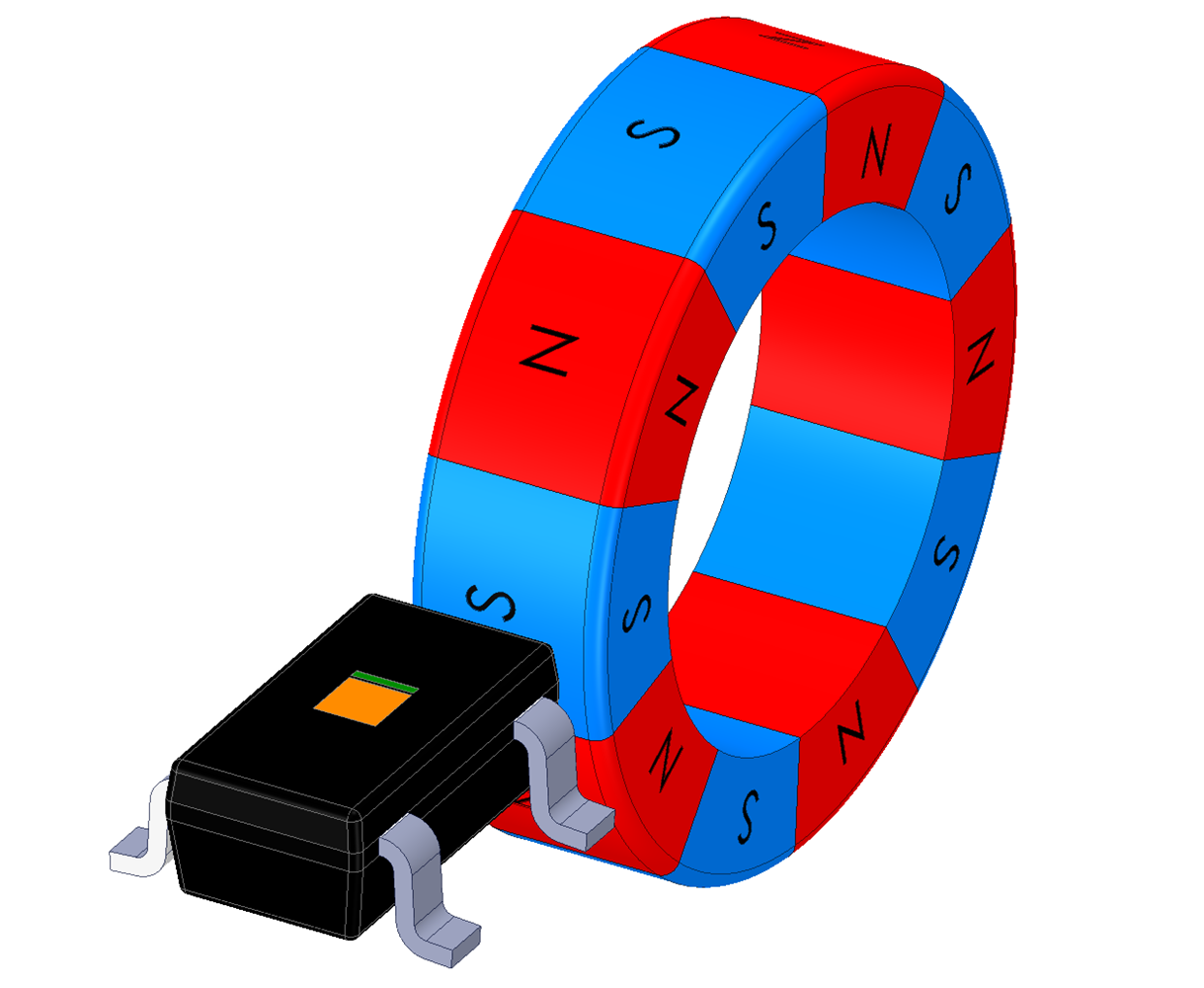 Figure 7-8 ZX Outer
Edge 2
Figure 7-8 ZX Outer
Edge 2 |
| The options shown in Figure 7-9 and Figure 7-10 composed of Z and Y axises also enable the sensor to be placed below the magnet in a different position, as well as facing the ring magnet with the side of the device. The part can also be turned at 180 degrees along the Z axis. | 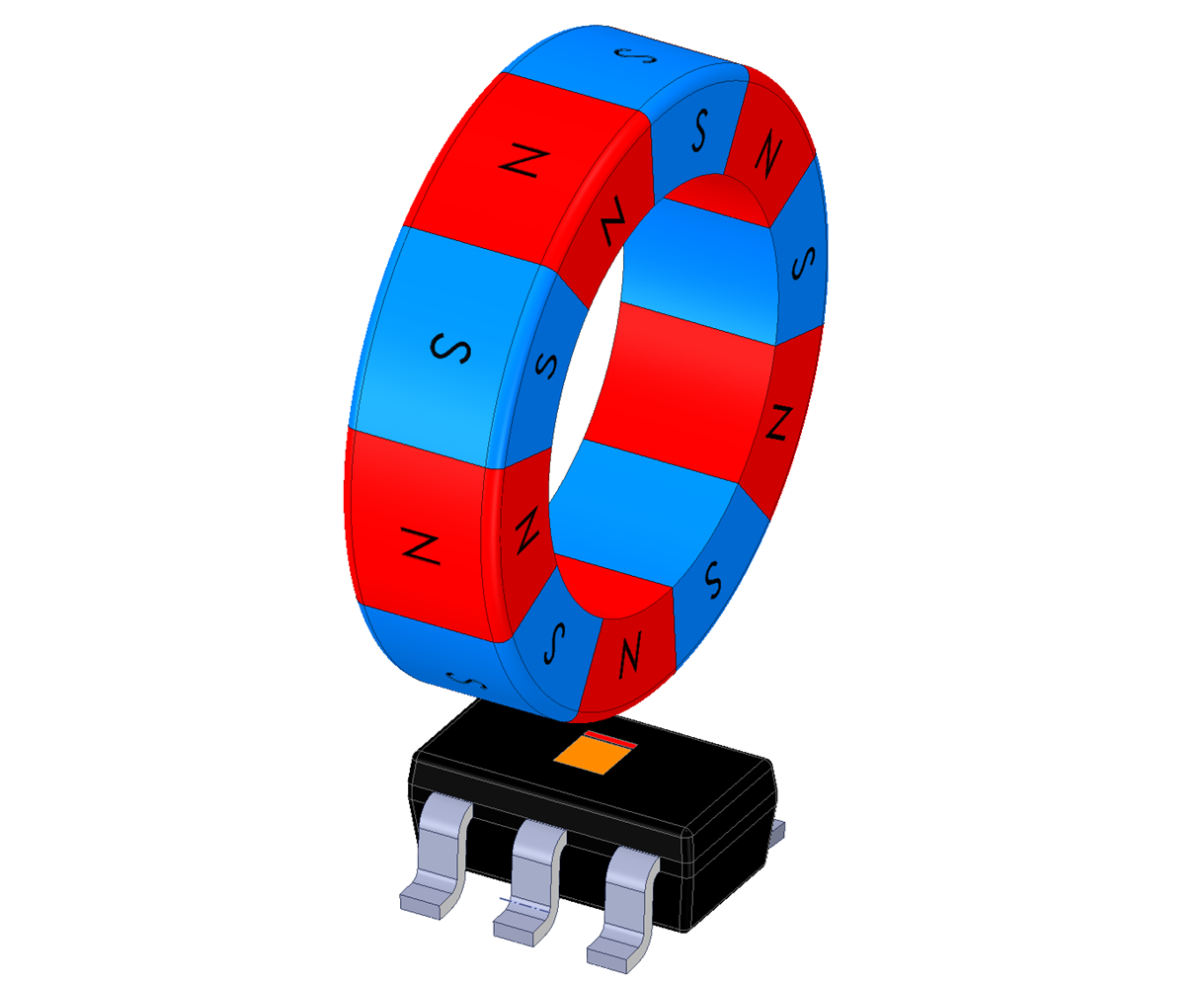 Figure 7-9 ZY Outer
Edge 1
Figure 7-9 ZY Outer
Edge 1 | 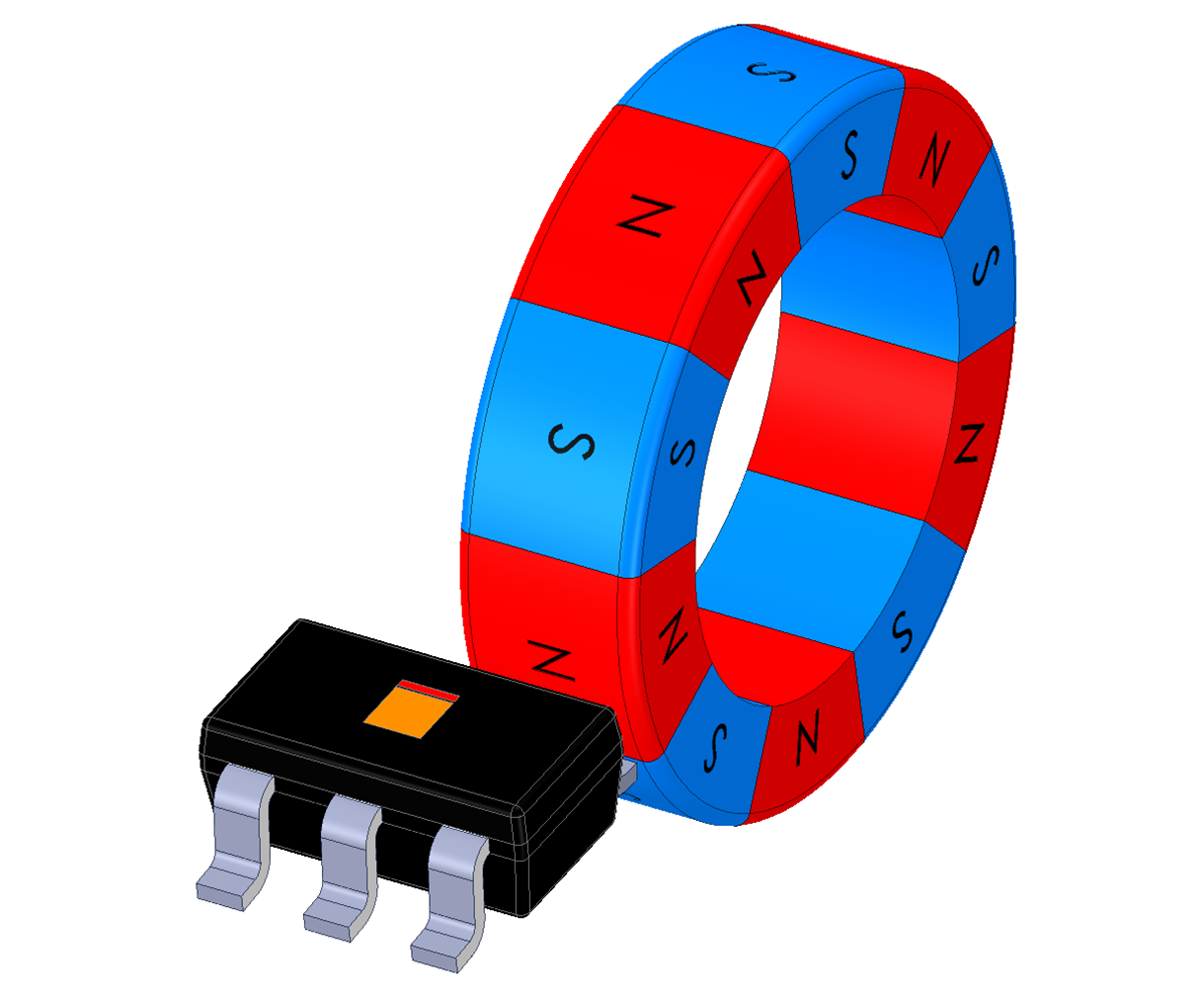 Figure 7-10 ZY Outer
Edge 1
Figure 7-10 ZY Outer
Edge 1 |